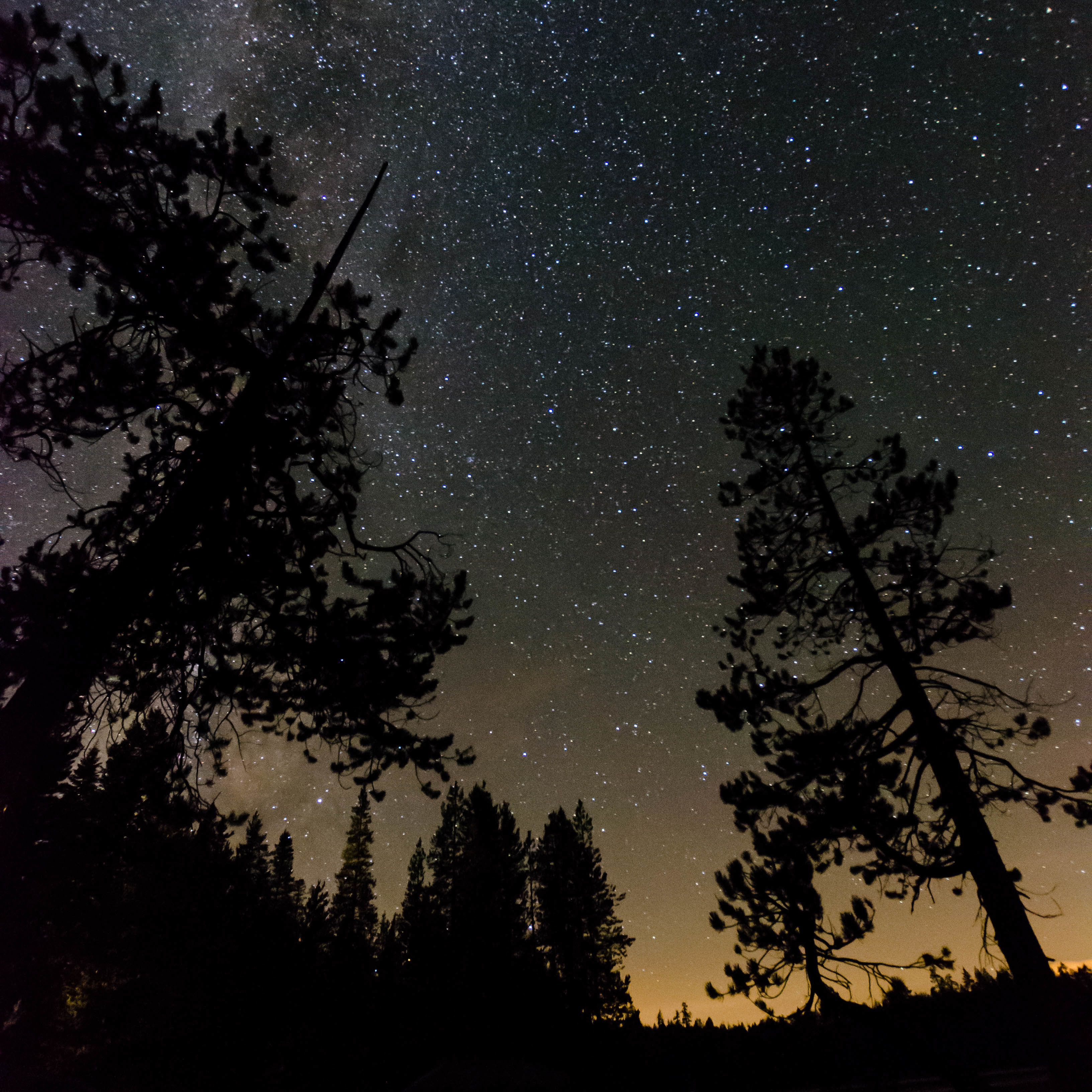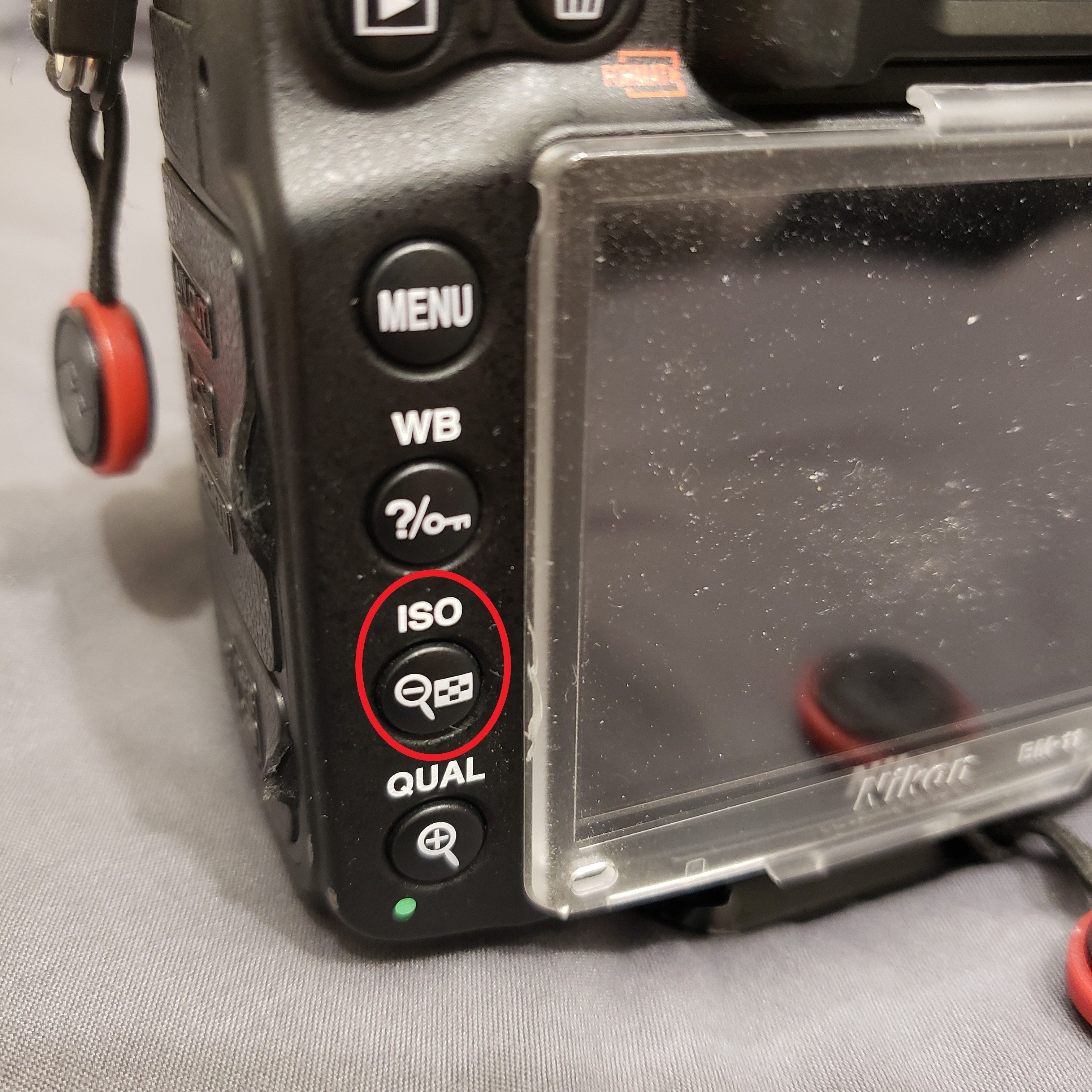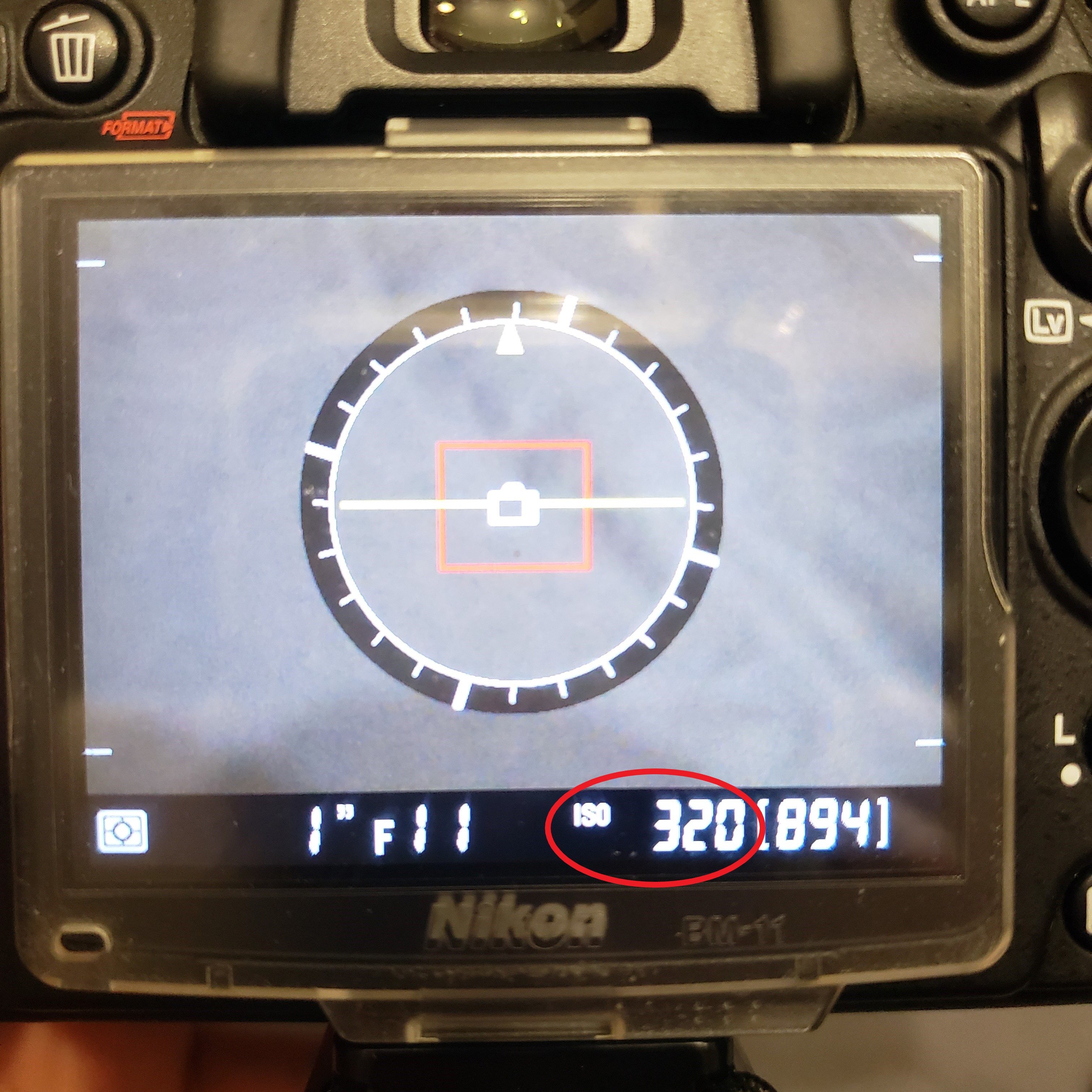ISO
Summary

- ISO refers to how sensitive the image sensor is to light
- ISO is measured in numbers ranging from 100 to 6400 for most DSLRs
- The most advanced DSLR cameras can have ISOs as large as 3,000,000!!!
- The lower the number, the less sensitive the image sensor is to light and the finer the grain of the image.
- As you increase the ISO, the image gets grainy and the noise in the image becomes more noticeable.
- As a rule of thumb the ISO should be kept around 100-300 or on auto.
- This rule of thumb breaks down in low light situations where the ISO is set around 6400.
What is ISO and What does it do?
ISO is the last of the 3 main setting in the exposure triangle that photographers can change when taking a photograph. In my opinion, ISO is the hardest setting to conceptualize and understand because it is the most abstract. It is a topic that most people don’t get exposed to outside of the photography and film industries.
From the other articles, we know that the shutter speed setting changes how long the shutter is open and that the aperture setting changes the size of the hole the shutter makes. So what the heck is ISO and what does it change? The main goal of this article is to explain the above questions in a broad and easy to understand way.
First, lets start with a definition. ISO, at the most basic level, is how sensitive the film (or the context of a camera, the image sensor) is to light. The ISO on DSLR cameras is measured in whole numbers typically ranging from 100 to 6400 (with new DSLR cameras going even higher. For example the Nikon D5 has a max ISO of 3,280,000!! ). The lower the number, the less sensitive the image sensor is to light and the finer the grain of the image. The higher the ISO, the more sensitive the image sensor is to light. This is handy in low light situations when changing the aperture or shutter speed is no longer an option. The first thing that people notice about changing the ISO is that as you increase the ISO, the image will start to get really grainy / noisy. The two photos to the right use the same camera setting except for the ISO. The darker photo was taken with an ISO of 640 while the lighter photo was taken with an ISO of 6400. Use the slider bar to see the difference.

While these photos don’t look too bad on this screen size, if they are blown up to 100% you can really see the noise. The image to the left displays a section of the above photo (6400 ISO) as if it were shown in full scale. The noise generated at the higher ISO setting becomes even more noticeable when printed.
If you are using lightroom, there is a setting under the detail panel on the right called "noise reduction" that allows you to reduce the noise generated by the higher ISO settings. There is a limit to the amount of noise reduction that this setting can accomplish without degrading the quality of the image. As an example of what this setting can do, the same image is shown below. One of them does not have the noise reduction setting applied while the other image has the setting applied.
It is worth mentioning that this edit comes at a price. Lightroom reduces noise by smoothing the image pixels which causes the finer details of the image to deteriorate. It is also worth mentioning that this setting is applied to the entire image not just the noticeably affected areas.
To the right there are two snips of the noise reduction setting, one before and one after applying the changes. Looking at the "detail" section, it is easy to see how the finer details of the image are lost. The line defining the top of the house as well as the shingles on the roof becomes blurry and not very distinct.
In practice, most photographs are taken at an ISO around 100 or 200. This gives the most crisp and noiseless images possible. Another option used by many people is to leave the ISO in auto mode where the camera will select the lowest possible ISO while taking into account the other camera settings. However, there are situations (mentioned below) where it would be good to know what ISO to select.


How to change ISO and Where it is located

The ISO setting, similar to the aperture and shutter speed settings, can be found in 3 different locations, as shown in the below photos. However, it is not always displayed. In order to see what the ISO is currently set at, you must press the "ISO" button on the back of your camera. The picture to the left shows the location of the "ISO" button that must be pressed in order to reveal the ISO setting.
While aperture and shutter speed are changed solely by dials on the camera body, ISO is changed with the combination of buttons and dials. To change the ISO, the "ISO" button must be pressed while moving the front dial. When this combination happens, the ISO shown on the top screen will change as shown in the video below.



ISO and its affect on aperture and shutter speed?
As mentioned above, changing the ISO will change the image sensor's sensitivity. What this means is that when the ISO is increased, the image will be brighter even when the shutter speed and aperture are held constant. This is an important concept to understand because there will be many situations where the aperture and shutter speed setting are unable to be changed but the image is still not properly exposed (aka too dark). One of the most prominent examples of this, is taking photographs of bands or concerts. At these events, it is normally dark and flash is normally not allowed. You are further constrained by the fact that you want to freeze the motion of the band which means you will need to use a quicker shutter speed (around or above 250) and your aperture will be wide open. Since these two settings are fixed, give or take a couple stops, you must now adjust your ISO. See below for photos that showcase these constraints.

This photo has a shutter speed that is slightly too slow. Circled are some of the areas that blurred due to subject motion.

This photo has a shutter speed appropriate for the situation. The subject isn't blurred at all.
While underexposing a photo has been talked about, there is also the problem of overexposing an image by increasing the ISO too much. This becomes extremely apparent when taking photographs of a band. There are usually spotlights or strobe lights on the band and if you increase the ISO too much, most of this color will get washed away.

This photo is severely underexposed and has an ISO that is too low. The subject is too dark and none of the color comes through.

In my opinion, this photo is exposed perfectly. The image retains some of the color that the venue provides while still clearly showing the subjects.

This photo is over exposed. While the subject is easily seen, all the colors are blown out which detracts from the mood.

Another area where knowledge of ISO and how it affects your photograph comes in handy is low light photography. It is extremely difficult to get a good night sky photograph without knowing that your ISO needs to be increased. Some other places that may require a higher ISO are concerts, museums, art galleries, and theater events. All of these places have some key things in common: low light and flash is generally not allowed.
ISO is a very handy setting to know and the proper application can bring your work to the next level.



